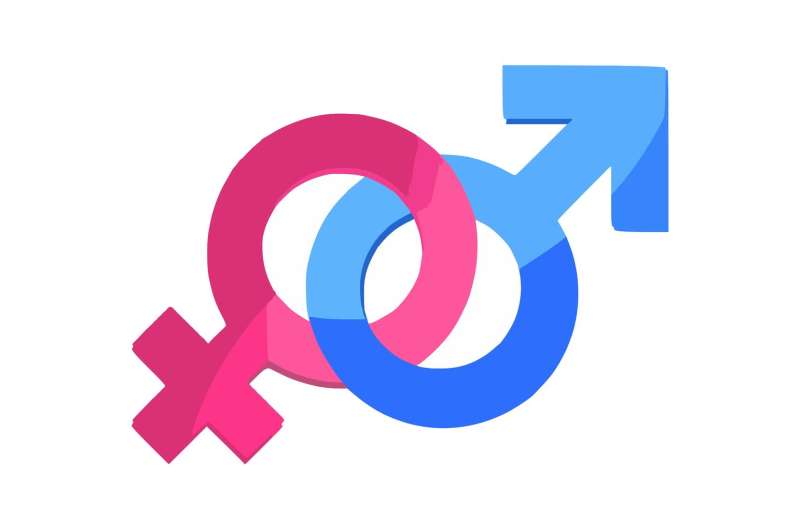Innovative Mouse Models for Ultra-Rare Neurological Disorder Could Accelerate Gene Therapy Development

Researchers at Jackson Laboratory have developed new mouse models to study rare neurological disorder AHC, paving the way for potential gene editing therapies and improved understanding of disease mechanisms.
Scientists at The Jackson Laboratory have engineered advanced mouse models that survive longer and are more stable, enabling detailed pre-clinical studies of alternating hemiplegia of childhood (AHC), a rare and often fatal neurological disorder affecting approximately one in a million children. This breakthrough allows researchers to explore how specific genetic mutations influence the disease's progression, shedding light on potential gene editing therapies.
Published in Neurobiology of Disease, the study highlights how variations in mutations within the ATP1A3 gene can cause distinct neurological symptoms. The research demonstrates differences in brain activity abnormalities, motor impairments, and seizures depending on the mutation. For example, mice with the E815K mutation exhibited severe epileptiform activity and neuroinflammation, while D801N mutants showed increased mortality and motor dysfunction. Monitoring biomarkers like neurofilament light chain in blood samples further aids in understanding disease dynamics and evaluating treatment responses.
By creating mutation-specific models, the team aims to develop targeted gene editing strategies that could correct these genetic defects. The improved models overcome previous limitations where early death in mice hampered research efforts, allowing for comprehensive behavioral and molecular assessments.
The research underscores the importance of understanding genetic diseases not just as isolated conditions but as part of broader neurological and genetic landscapes. These models also serve as a platform for testing new therapies that could potentially transform the treatment of AHC and other neurological disorders.
This work is part of JAX's Rare Disease Translational Center, emphasizing collaboration with families, research organizations, and patient foundations to accelerate the development of effective treatments. The ultimate goal is to translate these findings into therapies that can improve the quality of life for affected children and their families.
For more details, see the publication: Markus Terrey et al, 'Alternating hemiplegia of childhood associated mutations in Atp1a3 reveal diverse neurological alterations in mice,' Neurobiology of Disease, 2025. [DOI: 10.1016/j.nbd.2025.106954]
Source: https://medicalxpress.com/news/2025-07-mouse-ultra-rare-disorder-pave.html
Stay Updated with Mia's Feed
Get the latest health & wellness insights delivered straight to your inbox.
Related Articles
China Launches Nationwide Genomic Framework to Improve Rare Disease Diagnosis
A large-scale genomics study in China has established a new diagnostic framework for rare diseases, significantly improving detection rates and paving the way for better patient outcomes worldwide.
New Insights into How Biological and Social Factors Contribute to Health Differences Between Men and Women
A new international study uncovers the biological and social factors contributing to health disparities between men and women, emphasizing the importance of broader health determinants beyond genetics for personalized medicine.
Artificial Sweetener Sucralose May Reduce Effectiveness of Cancer Immunotherapy
Emerging research indicates that the artificial sweetener sucralose may reduce the effectiveness of cancer immunotherapy by altering gut microbiota and immune cell function. Learn what this means for cancer patients and their dietary choices.
Objective Insights into the Effects of Hyaluronic Acid Fillers through Volumetric Study
A groundbreaking study using 3D imaging reveals the immediate and long-term volumetric effects of hyaluronic acid fillers in facial rejuvenation, highlighting regional variations and patient satisfaction outcomes.



